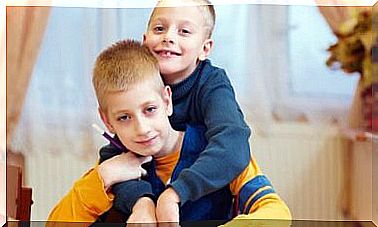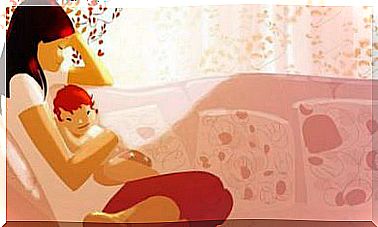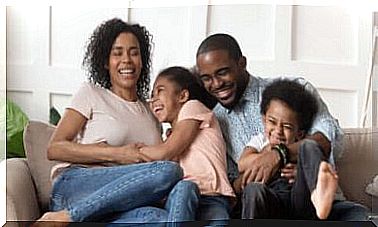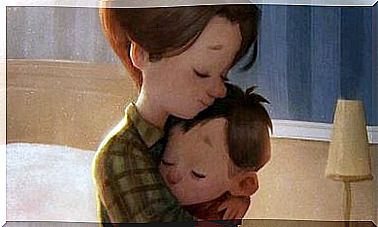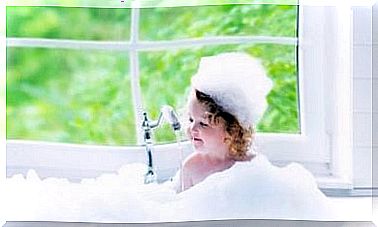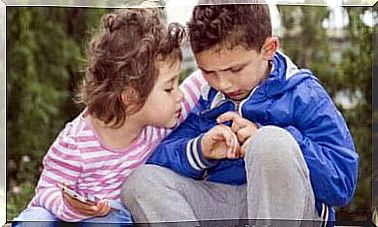Early Stimulation Exercises For Children
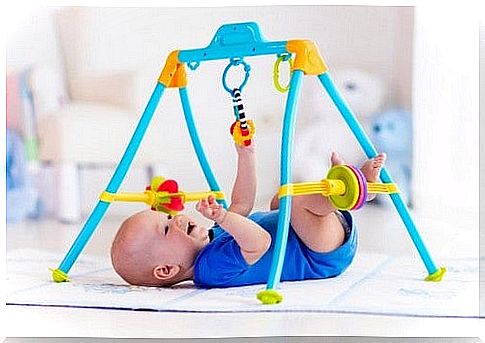
Early stimulation exercises for children are a powerful tool for improving their development in a number of ways. To start making the most of them and as soon as possible, it is advisable to contact a specialist and follow his instructions.
Early child stimulation, as well as early attention, are for infants up to 6 years old. Its main goal is to help them develop their motor and cognitive skills. Therefore, they help both physically and mentally.
The early stimulation exercises are a set of activities for the birth of the child until it turns 6 or 7 years. However, true stimulation does not begin before 3 months, according to experts.
The 4 areas of early stimulation
The 4 areas that comprise early stimulation are as follows:
- Fine motor skills. The development of fine motor skills affects the hands and fingers. This begins when the child begins to discover hand movements.
- Gross motility. Gross motor skills refer to the other parts of the body, namely the arms, legs and body movement in general.
- Socio-emotional . This area refers, firstly, to the ability to relate (partner) and, secondly, to the ability to express emotions (emotional).
- Language. The ability to speak and respond using the language.
It should be noted that the intensity of early stimulation exercises will depend on a number of factors, such as the child’s age and state of health. If it is a newborn, the exercises will be light and, as they grow older, they will increase in intensity.
Early stimulation exercises
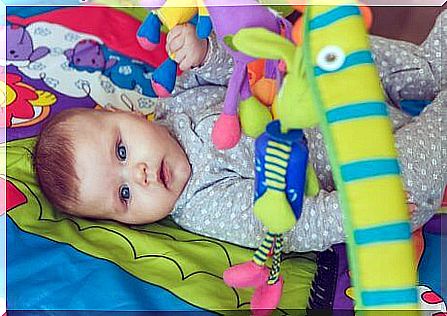
Exercises for babies
- For a good grip on objects, you need to put a toy in his hand that makes a sound, such as a rattle, and move it in both directions (little by little) until the baby can repeat the action on his own.
- For facial stimulation, you need to place his fingers in the center of the forehead, nose or lips and gently separate them on both sides.
- Put brightly colored objects at his disposal to catch his attention.
- Kissing, caressing and talking to him in a friendly tone all the time will make him develop his social side.
- After 4 months, the movement of the body begins: that it turns face up, that it moves a few meters.
- Stretch and flex his legs and arms.
- As he grows, he must continue with similar exercises, but more complex for him.
Exercises for children from 1 to 3 years
When the baby turns one, start using the various textures. It’s time for him to start investigating, fostering perception.
- At this age it is also good for the baby to start moving and getting up on his own. Get his attention by picking up toys and placing them in a nearby location so he can reach them.
- Identification games will help your child to get to know things. For example: the parts of the body, the numbers from 1 to 10, the colors …
- If you also use songs during games, children will develop memory skills.
- Teach him simple tasks such as putting away toys, asking to go to the bathroom, and getting dressed and undressing himself. They are small actions that will be useful for good future behavior.
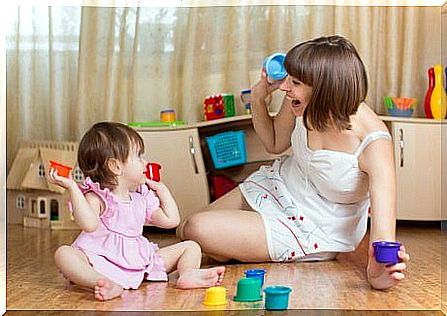
Exercises for children from 3 to 6 years
- Use simple puzzles so they can start assembling pieces and developing his thinking.
- For body movement, use music. Teach him simple dances that he can easily remember.
- Have him draw and, as he does so, ask him what he is drawing so he will be able to express his feelings in that moment.
- Teach him simple tasks, such as throwing something in the trash or taking a spoon out of the drawer.
- To develop your imagination, use a soft toy as the protagonist of a story and invent one.
- The child’s relationship with other children is very important. Talking and playing together is essential for their development.
Conclusions
The purpose of early stimulation exercises is that children can progressively develop their potential, both motor and cognitive. In most cases, they perceive themselves as a game, therefore, they are also a source of fun.
Depending on the child’s progress, different exercises will be incorporated, with varying degrees of difficulty throughout his development. Therefore, it is important to do everything with the help of an expert.

